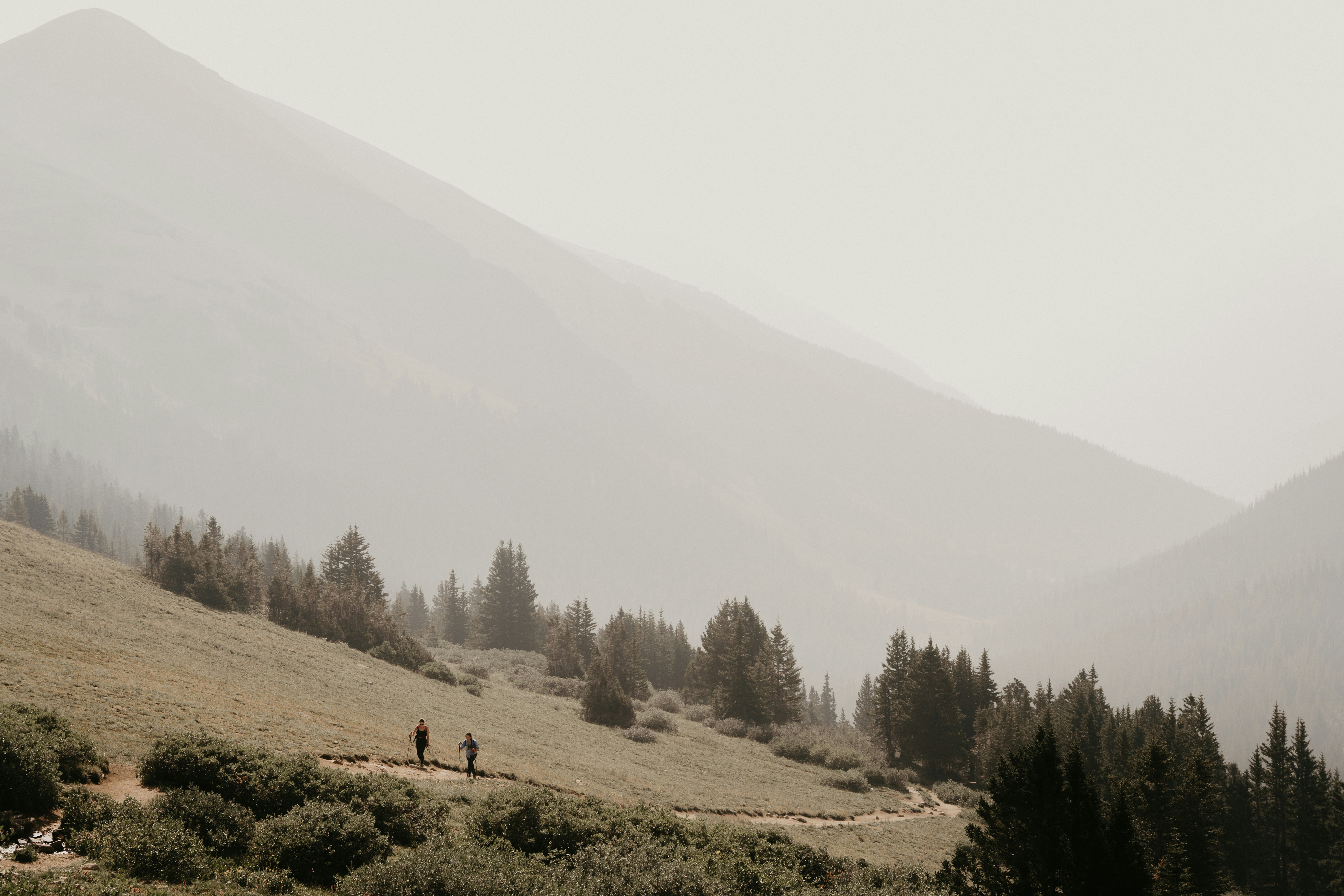For those of you who joined us at COSA, here’s a collection of resources from “Fire Doesn’t Stop at the Fence: Cross-boundary Wildfire Risk Reduction in Boulder’s Wildland Urban Interface.” If you weren’t able to attend, we’ll be sharing a recording on this page after the event. In the meantime, these links include interactive tools, checklists, research, and guides to help land managers, community members, and anyone interested in wildfire preparedness take action and build resilience across boundaries!
Presenters

Resources
View our recorded presentation here!
Wildfire Risk Viewer — Colorado Forest Atlas Colorado State Forest Service: An interactive mapping tool showing wildfire risk and related spatial data.
https://co-pub.coloradoforestatlas.org/#/
Return of Conflagration to the Built Environment — IBHS (Insurance Institute for Business & Home Safety):
A whitepaper analyzing how wildfires can transition into large-scale conflagrations in built environments and exploring mitigation gaps.
https://ibhs.org/wp-content/uploads/Suburban_Wildfire_Conflagration_WhitePaper.pdf
Home Ignition Zone Checklists | Colorado State Forest Service: A set of checklists for homeowners to assess and reduce wildfire ignition risk around their home.
Wildfire Preparedness — The Boulder Watershed Collective: A resource compendium offering guidance and tools for living with wildfire in the region.
https://www.boulderwatershedcollective.com/living-with-wildfire-preparedness-resources
Wildfire Mitigation Basics — Wildfire Partners: A primer on foundational strategies to mitigate wildfire risk at property and community scales.
https://wildfirepartners.org/resources/wildfire-mitigation-basics/
Comparison Spreadsheet for Fire Behavior Fuel Models — IFTDSS: Fire behavior modeling aiming to compare FBFM (Fire Behavior Fuel Models) in spreadsheet form.
https://iftdss.firenet.gov/firenetHelp/help/pageHelp/content/00-concepts/fbfm/fbfmcomparexls.htm
Assessing the exposure of the built environment to potential ignition sources generated from vegetative fuel, ResearchGate: A research publication estimating how vegetative fuels contribute to ignition risk to buildings in wildfire settings.
_ignition_sources_generated_from_vegetative_fuel
Grassland Fuels Management | Colorado State Forest Service
A CSFS page on fuel types, behavior, and strategies for managing grassland fuels to reduce wildfire risk.
https://csfs.colostate.edu/wildfire-mitigation/grasslands/fuels/
A Collaborative Effort to Protect Communities from Wildfire — Outway: Case study on collaborative approaches and technologies to enhance community resilience against wildfire.
https://www.outway.io/blog/a-collaborative-effort-to-protect-communities-from-wildfire

Header Photo by Hunter Masters on Unsplash




